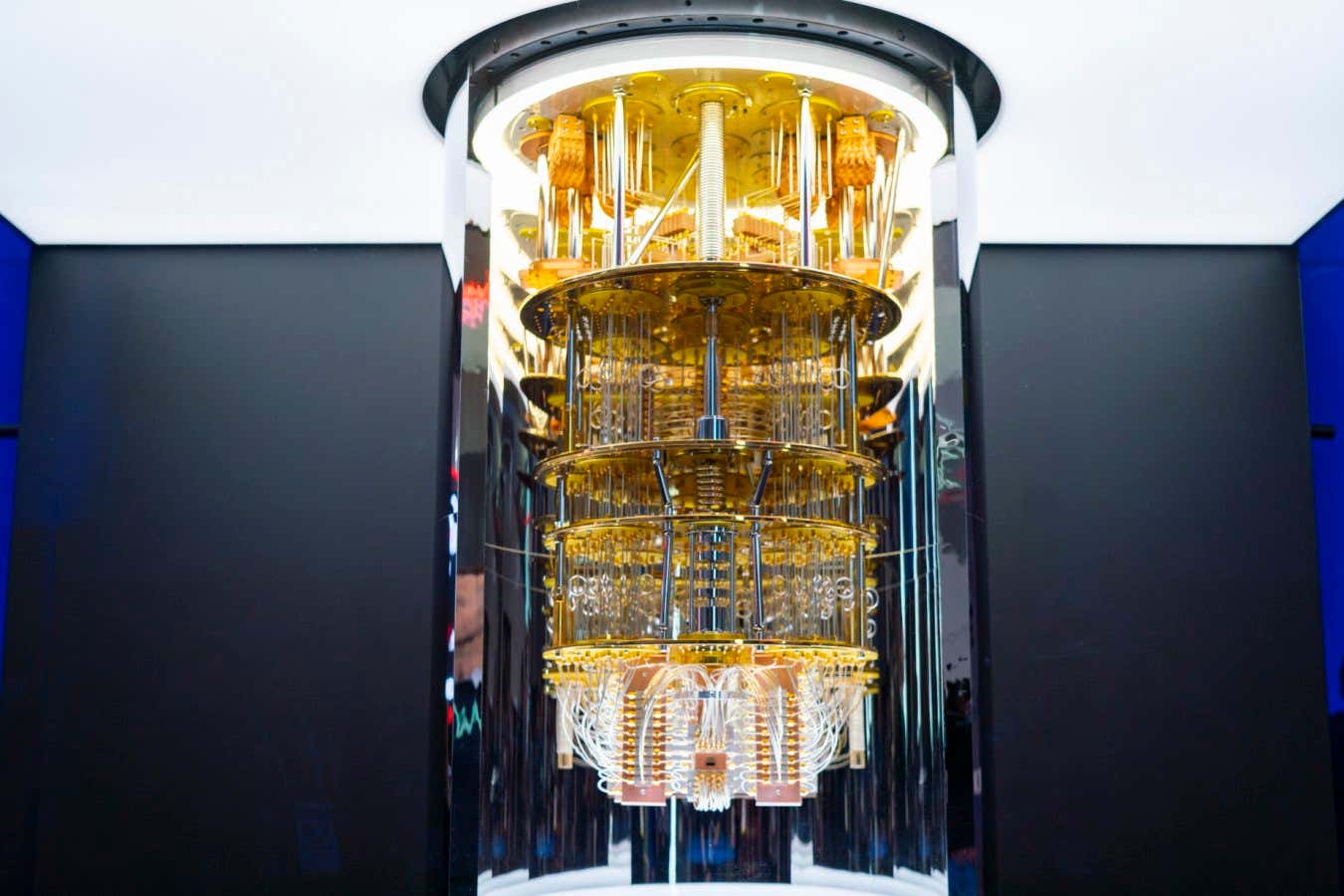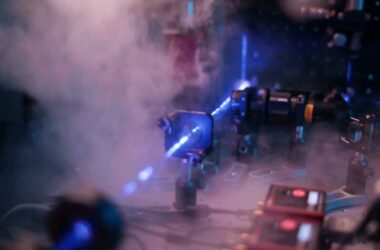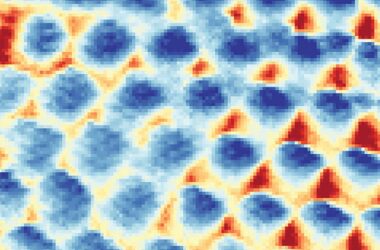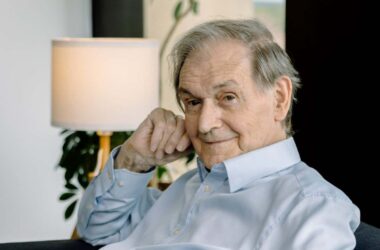An IBM quantum computer that uses superconducting qubits
IBM
A superconducting circuit has successfully passed a Bell test, confirming its quantum behavior. This is the first time a Bell test has been conducted on a superconducting circuit, which is used in quantum computers. The test demonstrates that the quantum bits (qubits) in the circuit are indeed entangled.
In quantum entanglement, the characteristics of one particle are instantly affected by the measured characteristics of its entangled partner, even when separated by a large distance. This implies that the effects of entanglement travel faster than the speed of light. Bell’s inequality is a test that measures how often particles can end up in the same state by chance, without actual entanglement. Violating Bell’s inequality provides proof of particle entanglement.
Previous Bell tests have been conducted in various systems, but not on a superconducting circuit. Conducting a Bell test on a superconducting circuit is challenging due to the need to maintain extremely low temperatures close to absolute zero. However, Simon Storz and his colleagues at the Swiss Federal Institute of Technology in Zurich have managed to perform a Bell test on such a circuit.
In their experiment, the researchers connected the entangled parts of the circuit, or qubits, using microwaves sent through a chilled 30-meter-long aluminum tube. Each qubit was kept in its own individual refrigerator. Random measurements were made on the qubits using a random number generator to eliminate human bias.
Over 4 million measurements were made at a rate of 12,500 measurements per second, ensuring that each pair of measurements occurred faster than the speed of light could travel between the qubits. Analyzing the data, the researchers discovered that Bell’s inequality was violated with high certainty, confirming the occurrence of “spooky action at a distance,” as Albert Einstein described it.
This successful test demonstrates the potential of using superconducting circuits for technological applications that rely on quantum features. The researchers believe this achievement is promising for the development of quantum computing and encryption, envisioning future quantum supercomputer-like centers.
Topics:
- quantum mechanics/
- quantum computing








